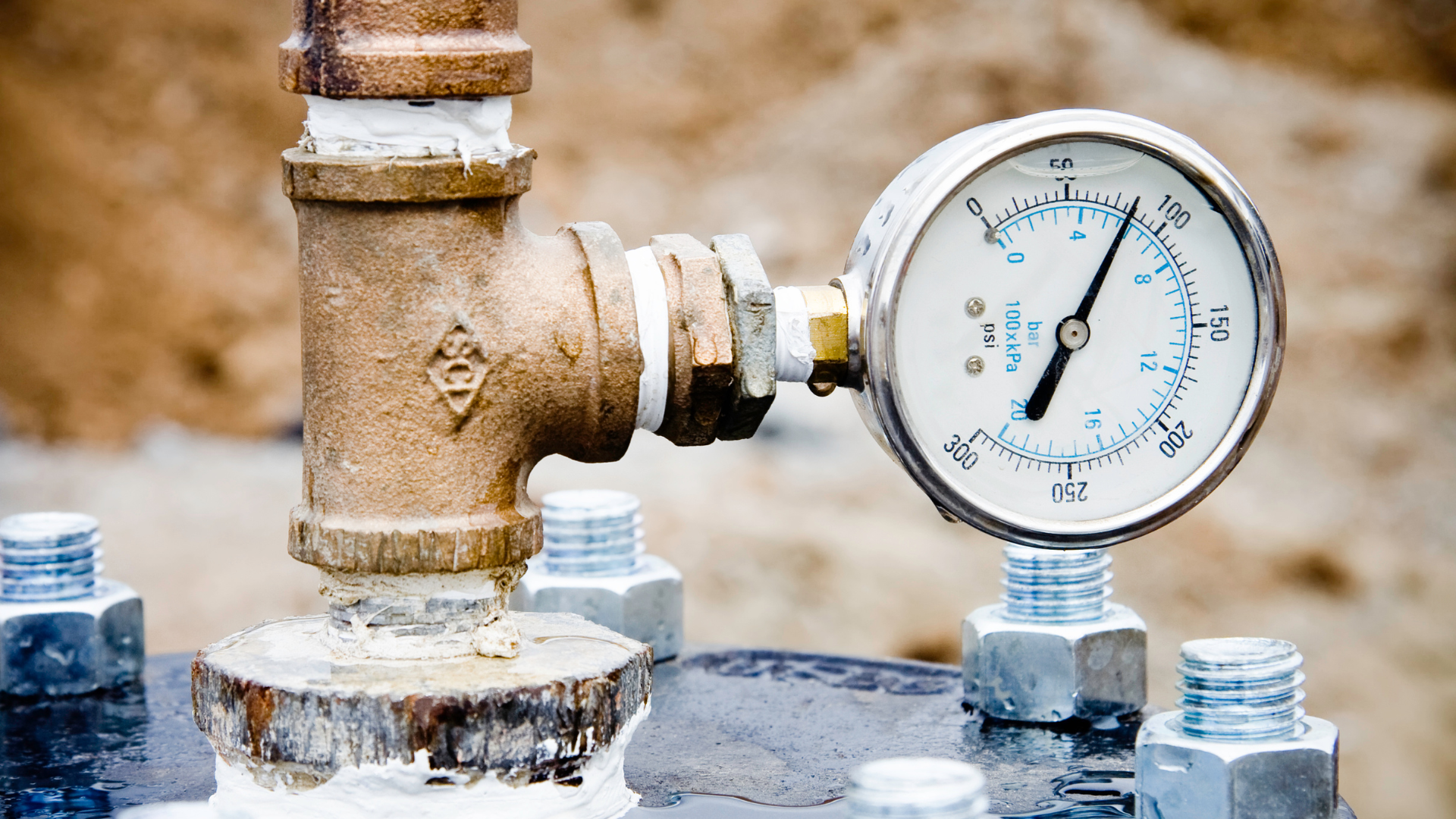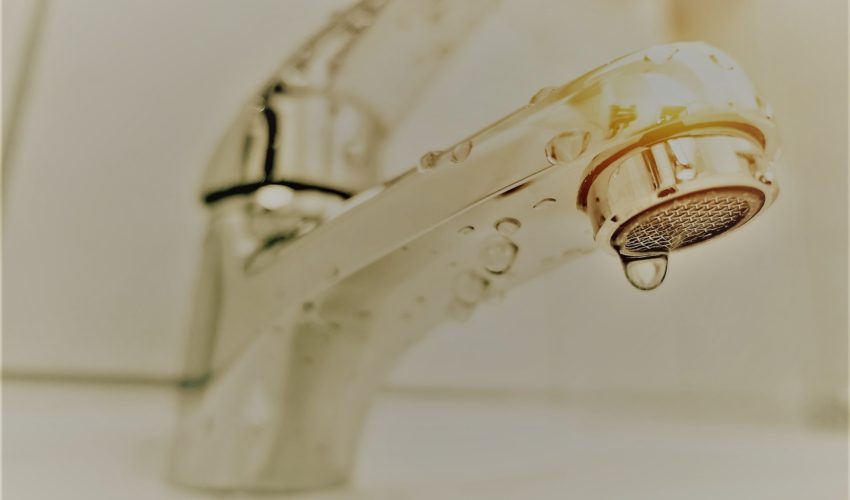Methods to Deal with Low Water Pressure in Your Home
Methods to Deal with Low Water Pressure in Your Home
Blog Article
What're your opinions on Low Water Pressure in the House??

Low water stress in your home can be an irritating trouble, influencing whatever from bathing to cleaning meals. If you're experiencing weak water flow, there are a number of possible reasons and remedies to discover. In this guide, we'll discuss common factors for low water stress and functional actions to resolve the issue properly.
Introduction to Low Tide Pressure
Low tide stress occurs when the flow of water from your taps, showers, and various other components is weak than typical. This can make day-to-day jobs much more tough and less effective. Understanding the reasons for low water pressure is crucial to finding the best option.
Usual Reasons For Low Water Stress
Faulty Pressure Regulatory Authorities
Stress regulators are in charge of maintaining consistent water pressure in your house. If they malfunction, it can lead to low tide stress or irregular circulation throughout your house.
Local Water System Issues
Occasionally, the problem lies outside your home. Metropolitan water problems, such as main line leakages or maintenance job, can temporarily reduce water stress in your area.
Pipeline Obstructions
With time, pipelines can become blocked with natural resource, sediment, or debris, restricting the flow of water. This is a common problem in older homes with galvanized steel pipes.
Corrosion
Deterioration within pipes can lead to leaks and decreased water pressure. Rust build-up can constrict water circulation, specifically in maturing plumbing systems.
How to Identify Low Water Stress
Inspecting Pipelines
Inspect noticeable pipelines for signs of leakages, corrosion, or clogs. Pay attention to any unusual audios, such as knocking or rattling pipes, which can suggest issues within the plumbing system.
Consulting with a Plumber
If you're incapable to determine the cause of low tide stress, take into consideration employing a specialist plumber to perform a thorough assessment. They can identify underlying issues and suggest appropriate options.
Inspecting Taps and Components
Start by checking the water stress at different taps and components throughout your home. If the issue is separated to details areas, it might show localized issues.
Do It Yourself Solutions to Repair Low Tide Pressure
Flushing Hot Water Heater
Debris accumulation in the hot water heater can limit flow and lower effectiveness. Flushing the container regularly aids eliminate debris and keep ideal efficiency.
Examining Pressure Regulatory Authority
Guarantee that the stress regulator is working properly. Readjusting or changing the regulatory authority can assist recover correct water stress throughout your home.
Cleansing Aerators and Showerheads
Natural resources can gather in aerators and showerheads, minimizing water circulation. Get rid of and clean up these components frequently to boost water stress.
Cleaning Clogs in Piping
For small clogs, attempt using a plumbing snake or chemical drainpipe cleaner to clear blockages in pipelines. Be cautious when making use of chemicals and comply with safety guidelines.
When to Call an Expert Plumber
If do it yourself efforts stop working to fix the problem or if you presume significant plumbing issues, it's best to look for aid from an accredited plumber. They have the competence and devices to resolve complicated problems securely and successfully.
Safety Nets to Keep Water Stress
Setting Up a Stress Booster
Consider setting up a stress booster pump to boost water stress in locations with regularly reduced circulation. This can be particularly useful for multi-story homes or residential properties with high-demand fixtures.
Monitoring Water Usage
Be mindful of water usage habits and avoid overtaxing the plumbing system. Simple changes, such as incredible showers and laundry tons, can help preserve adequate water stress.
Routine Upkeep
Set up regular upkeep for your plumbing system to avoid concerns such as corrosion, leaks, and blockages. Addressing minor problems early can aid stay clear of even more considerable repairs later on.
Verdict
Handling low water pressure can be irritating, yet identifying the underlying causes and implementing proper remedies can restore optimum circulation throughout your home. Whether it's cleaning aerators, checking pipelines, or talking to a plumber, taking aggressive actions can ensure a steady supply of water for your everyday needs.
FOUR WAYS TO FIX LOW WATER PRESSURE NOW
Turning on a shower or faucet only to find the water comes out in a sad, slow drizzle is never a good feeling. How exactly are you supposed to wash a pan or take a quick shower when it takes 10 minutes just to rinse off a little soap? The good news is that when your water pressure is bad, there's always a cause: typically one that can be easily fixed. Here are some of the most common causes of low pressure and what you can do to fix the issue:
DEBRIS AND MINERAL DEPOSIT BUILDUPS
If you notice low water pressure from just one or two of the fixtures in your house, the problem likely has to do with debris buildup. Water is full of minerals and other debris, all of which can accumulate in your pipes and on your fixtures. This can cause a blockage that affects how much water flows through. To fix this, try filling a small plastic bag with white vinegar, and use a rubber band to hang it around your showerhead or faucet. Let the head of the fixture soak for a few hours, and the vinegar should loosen the deposits.
WATER LEAKS
Leaks are another common cause of low water pressure. If water is flowing out of your plumbing through a hole or crack before it can reach your fixture, the pressure coming out of the faucet or showerhead will be lower. A plumbing professional is your best bet for finding and repairing a leak in your water supply pipes.
Leaks are another common cause of low water pressure. If water is flowing out of your plumbing through a hole or crack before it can reach your fixture, the pressure coming out of the faucet or showerhead will be lower. A plumbing professional is your best bet for finding and repairing a leak in your water supply pipes.
A VALVE ISSUE
If you have low water pressure throughout your home, check your main shut-off valve to make sure it's completely open. You may also want to see if there's a pressure-reducing valve installed. If there is, have a plumber help you adjust the settings to get the pressure you're looking for.
OTHERS USING WATER
Believe it or not, your low water pressure could be caused by your neighbors. If you notice low pressure at certain times of day, it may be because you and the people living next to you have similar schedules - when everyone is showering at the same time, the pressure will be lower in every home. Low pressure throughout the neighborhood may also be caused by an issue with your municipal water supply. If that's the case, call the supplier to see if they're working on the issue.
https://www.rotorooter.com/blog/water-leaking/low-water-pressure-fixes/

We hope you liked our topic about Dealing with Low Water Pressure in Your Home. Thanks so much for finding the time to read through our post. Do you know somebody else who is curious about ? Why not share it. I truly appreciate reading our article about 10 Reasons for Low Water Pressure in Your House.
Click Here Report this page